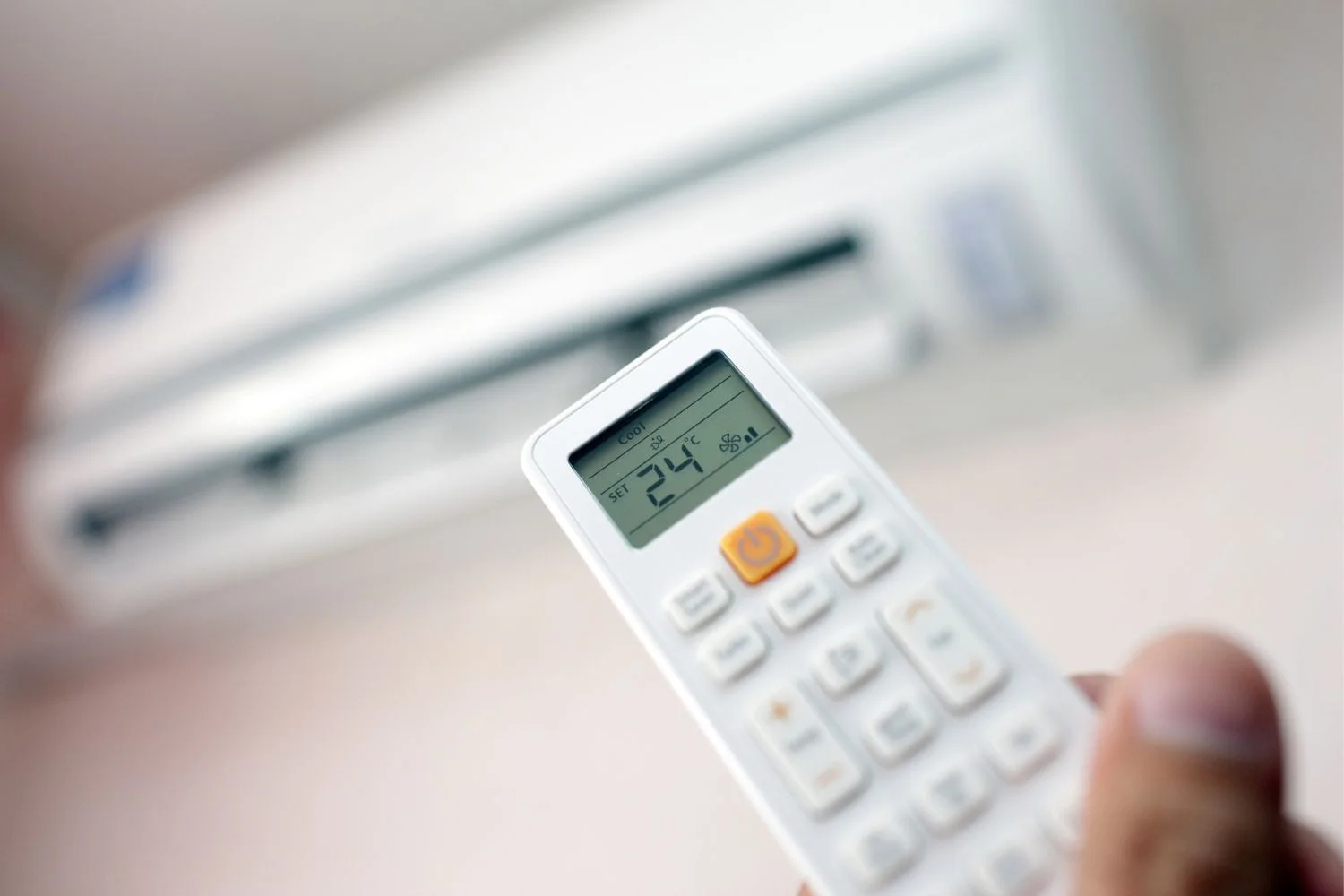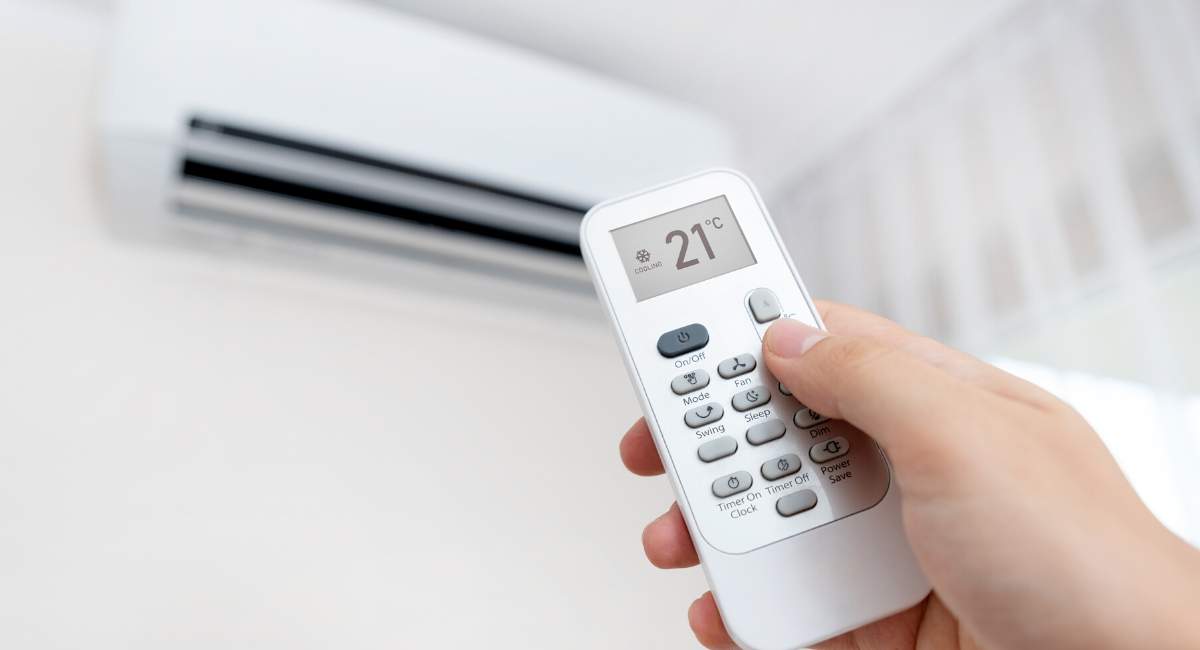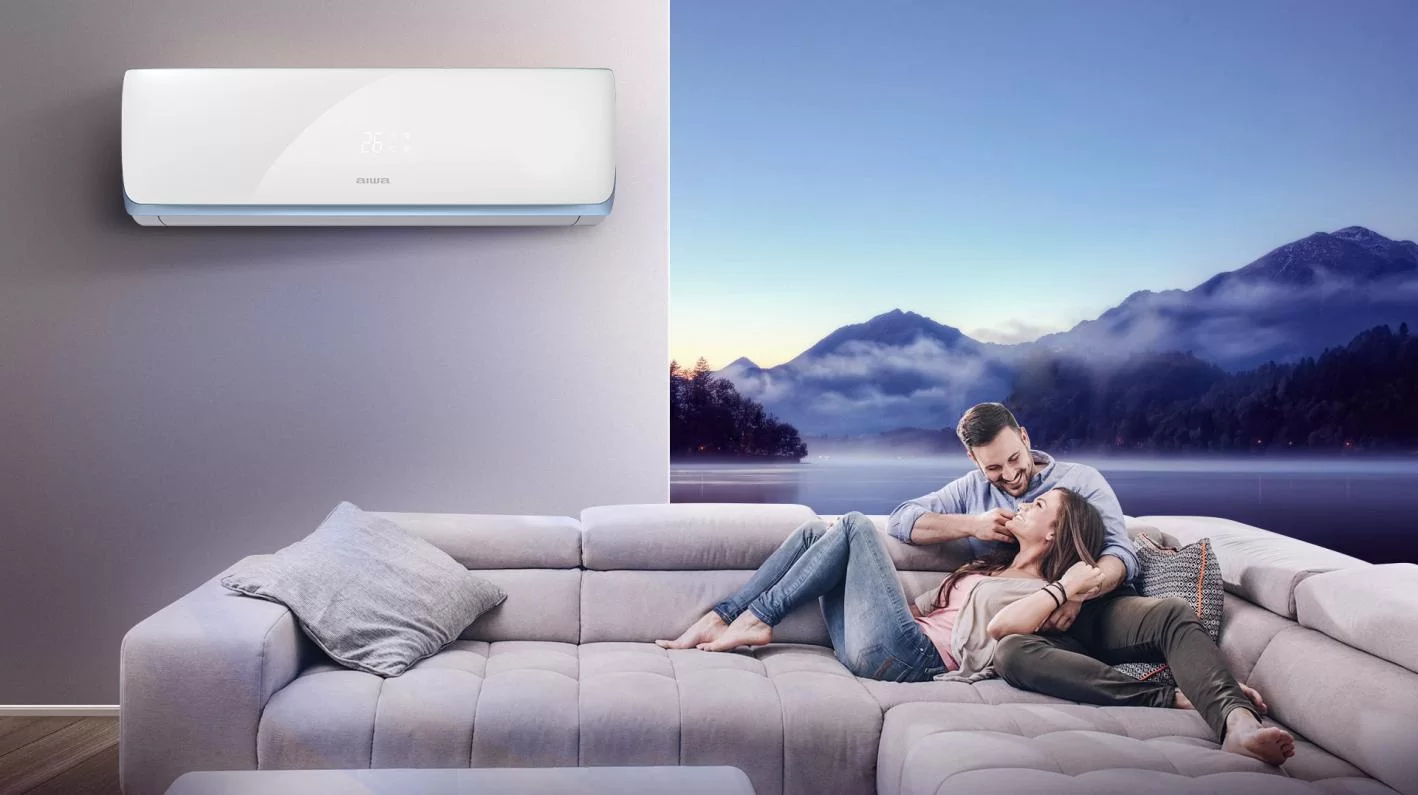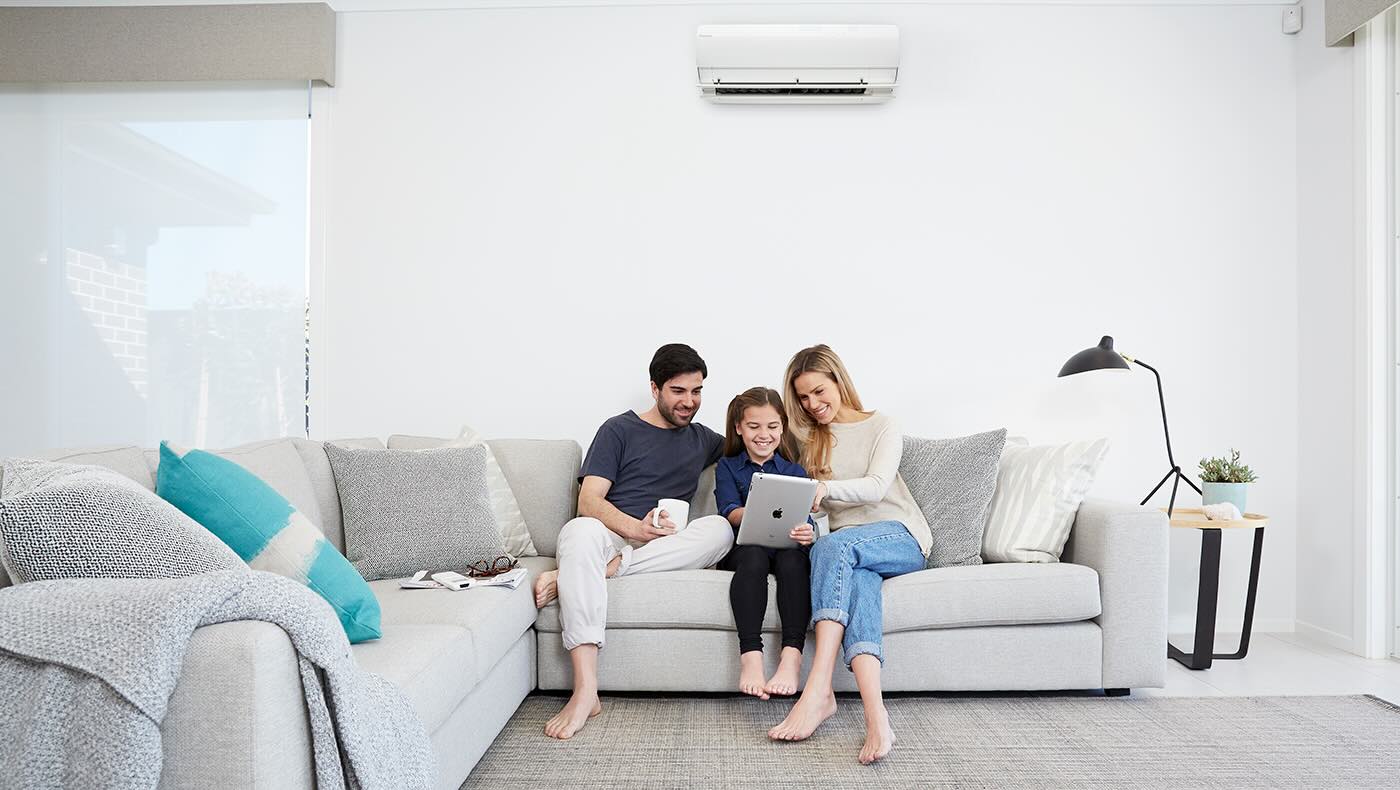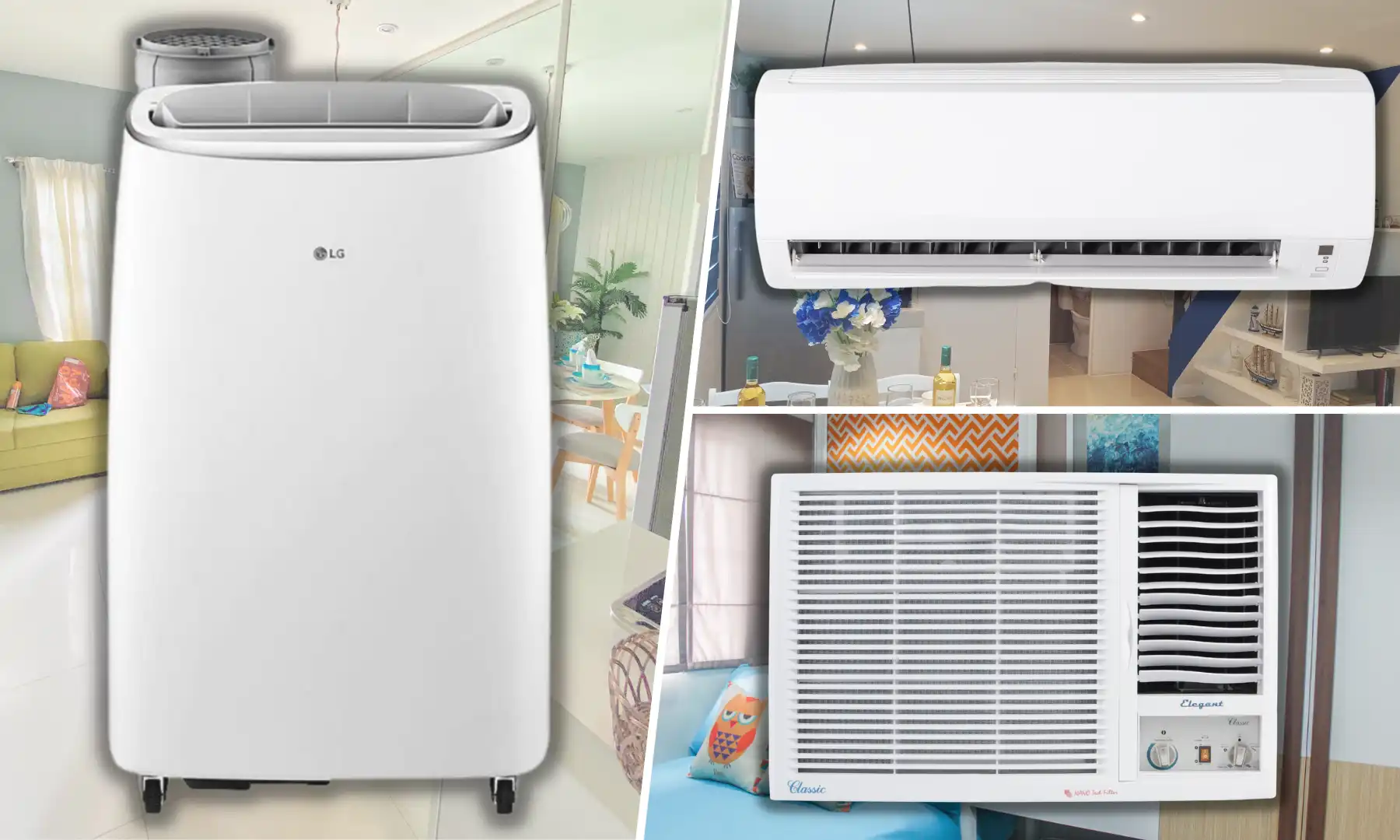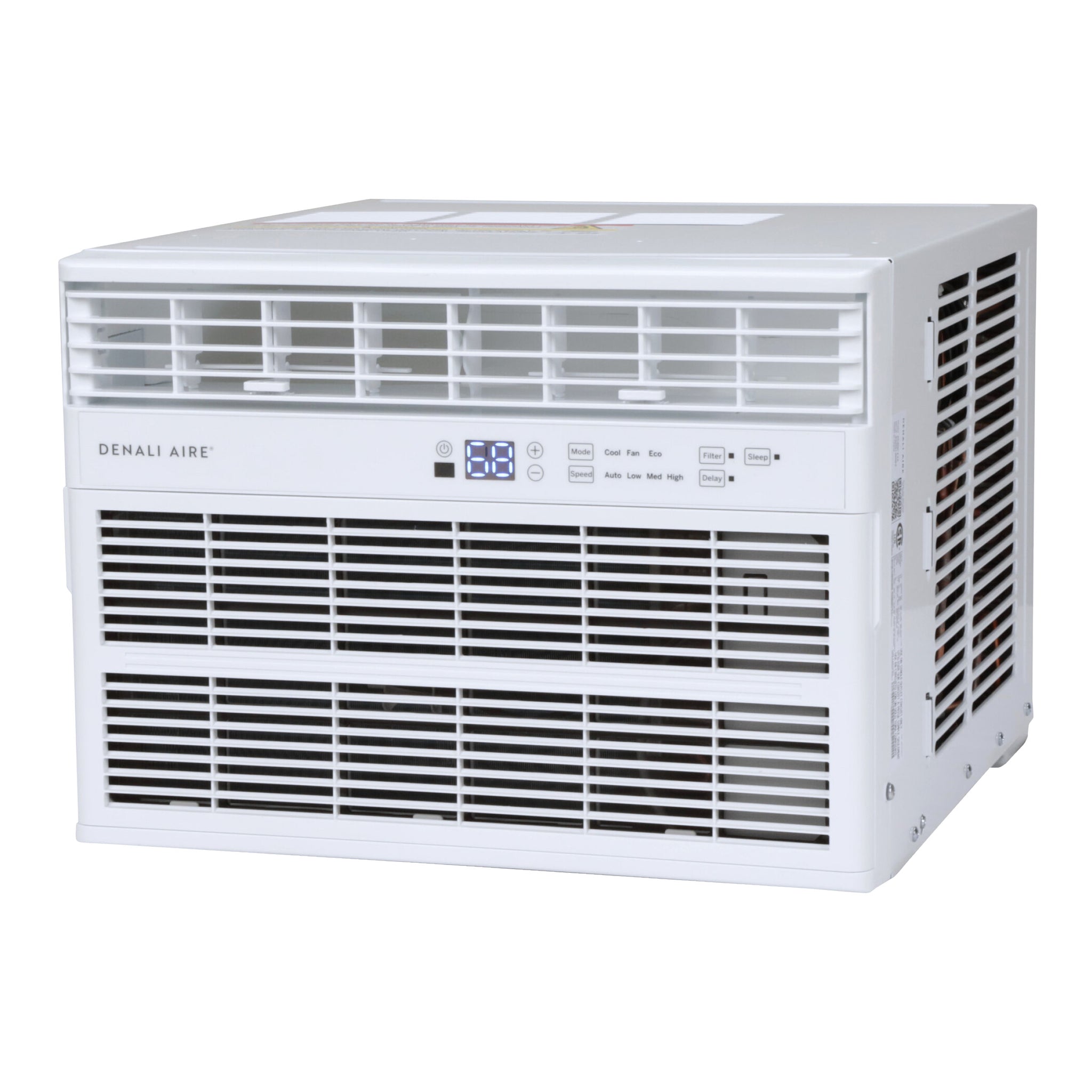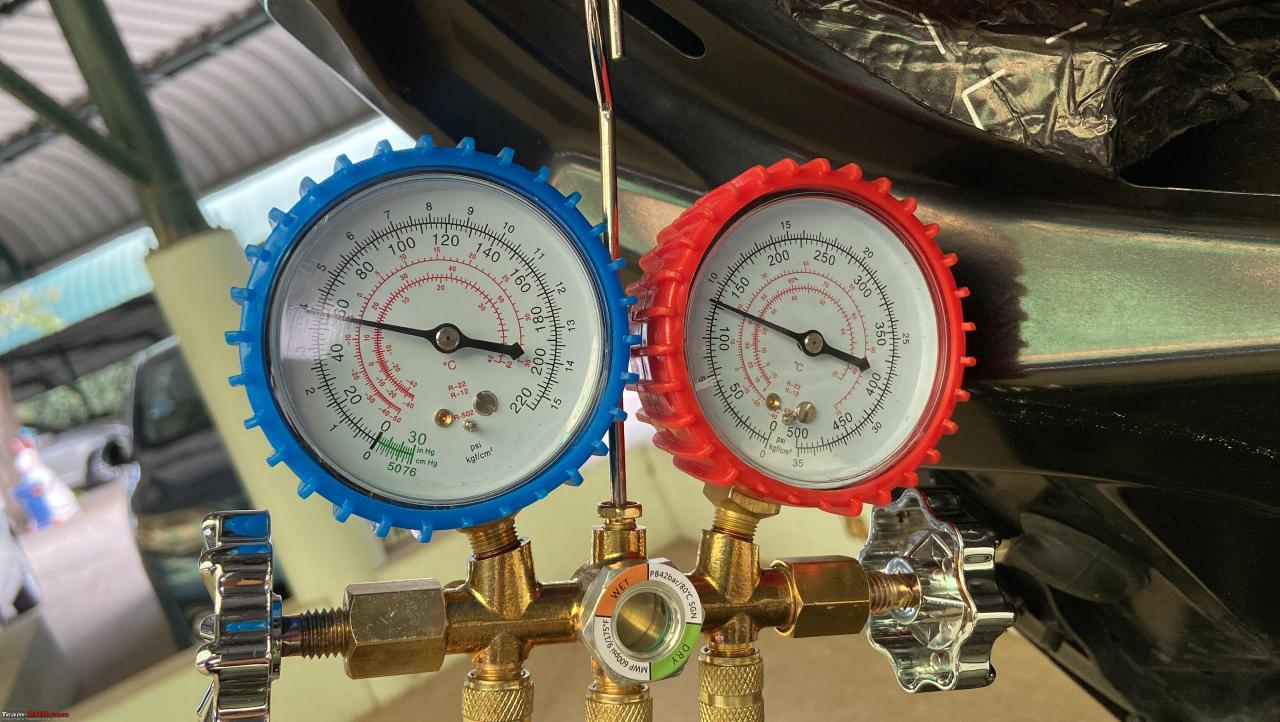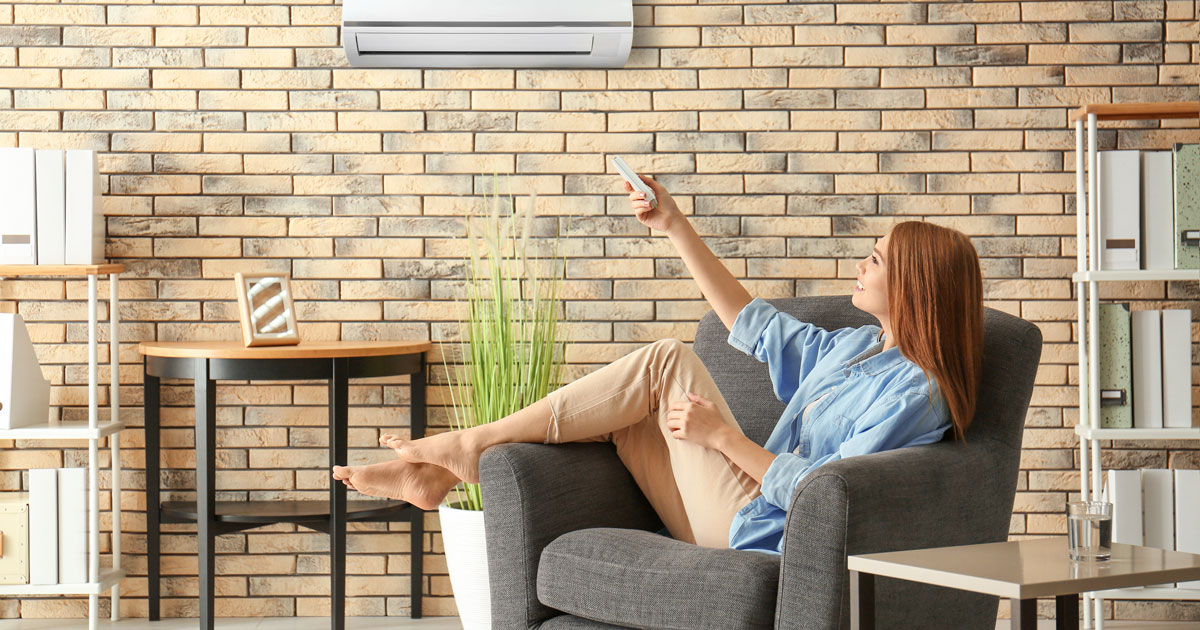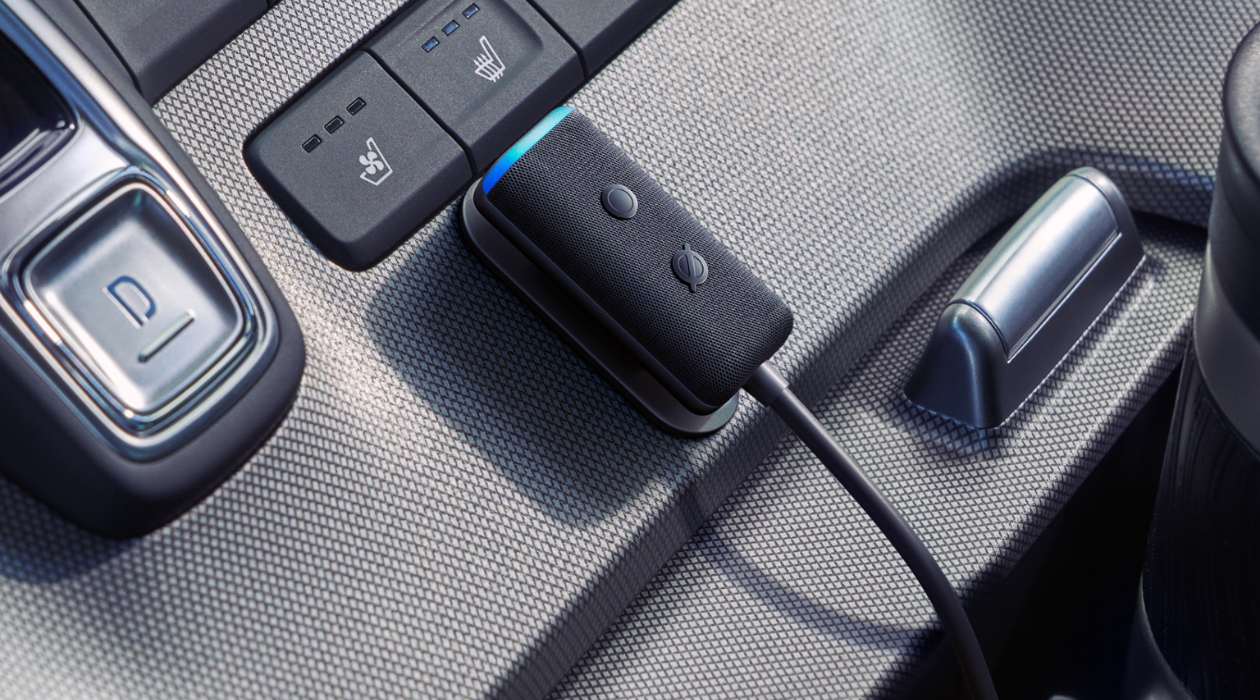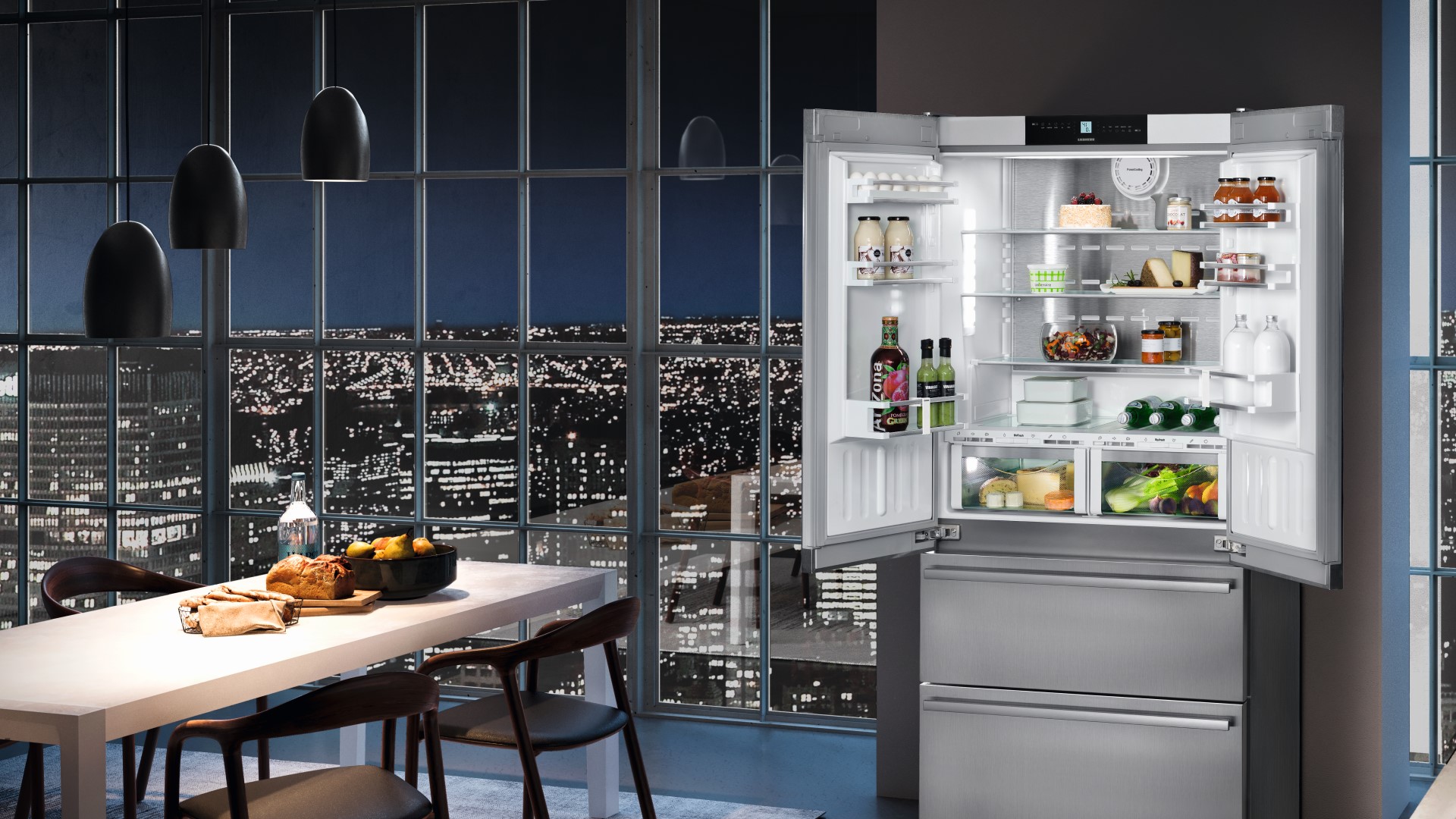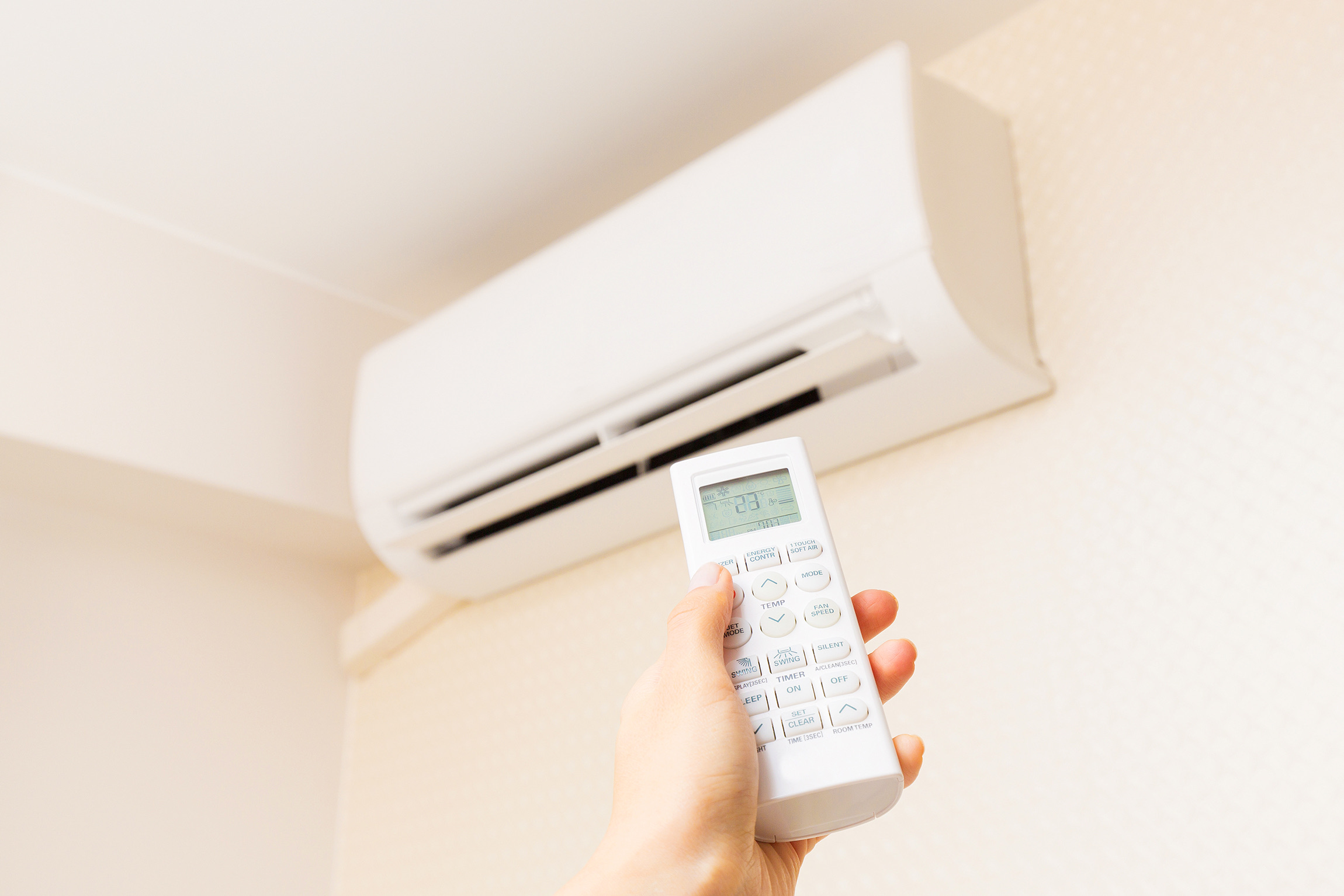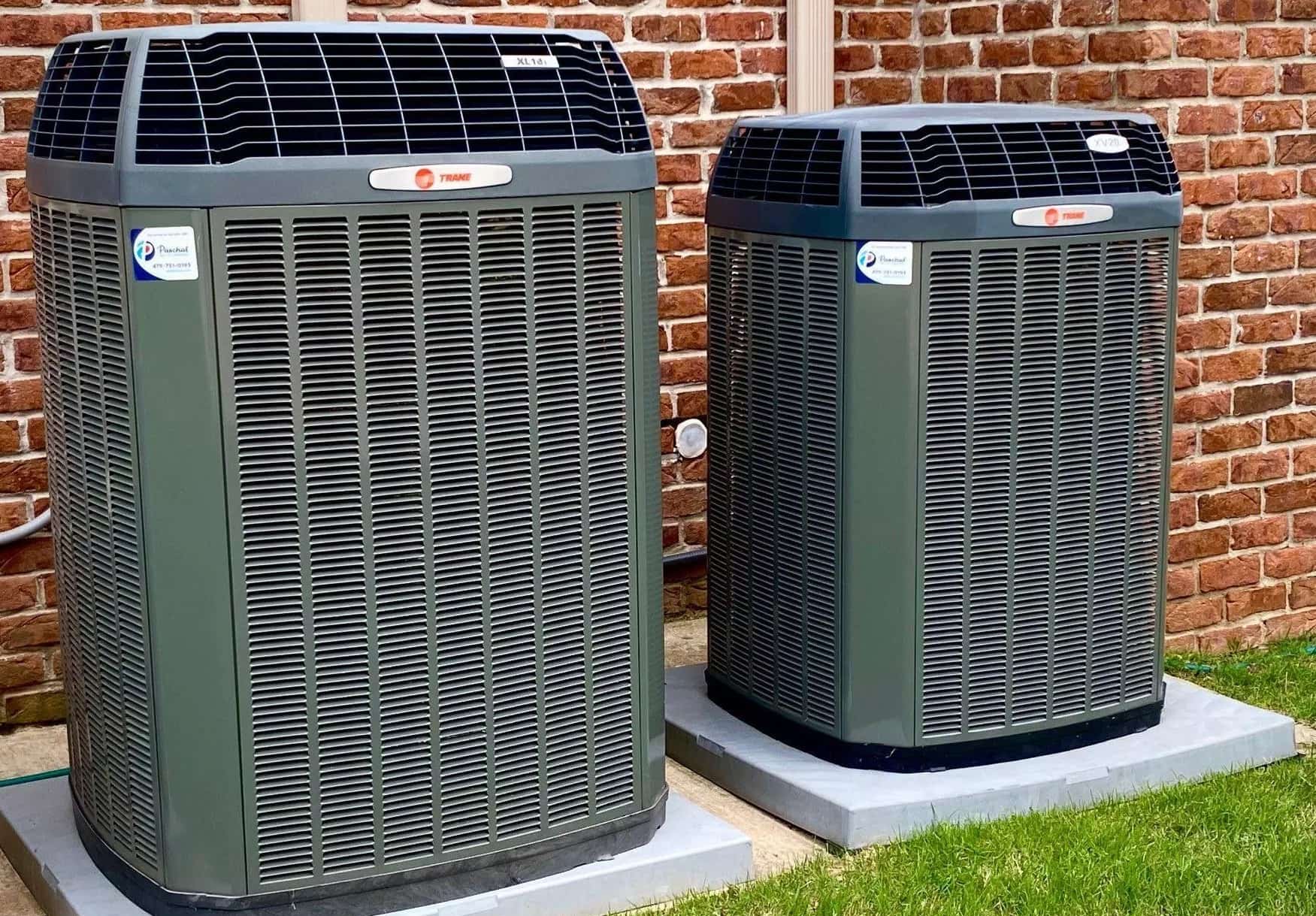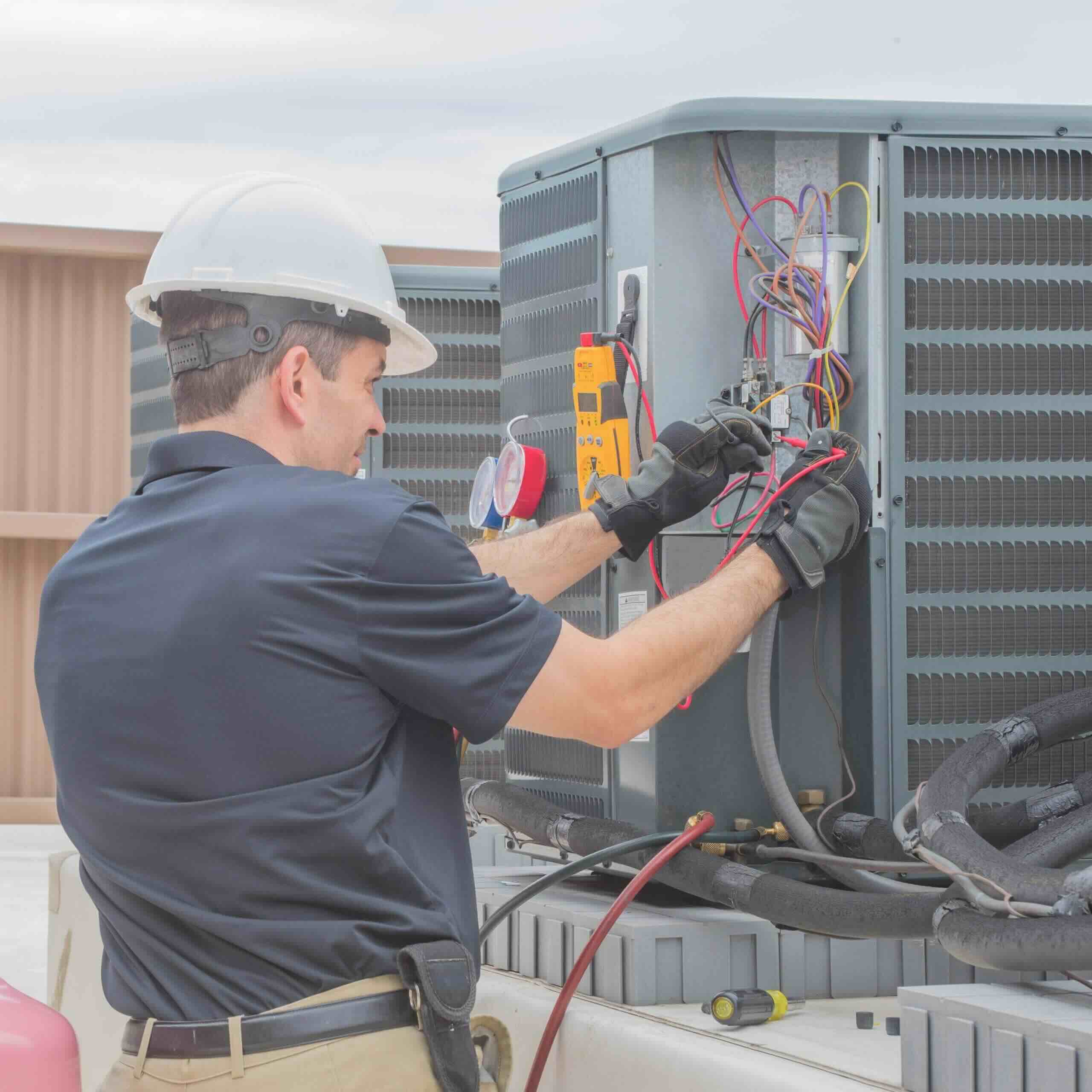Home>Home Maintenance>What Is The Energy Saver Mode On An Air Conditioner
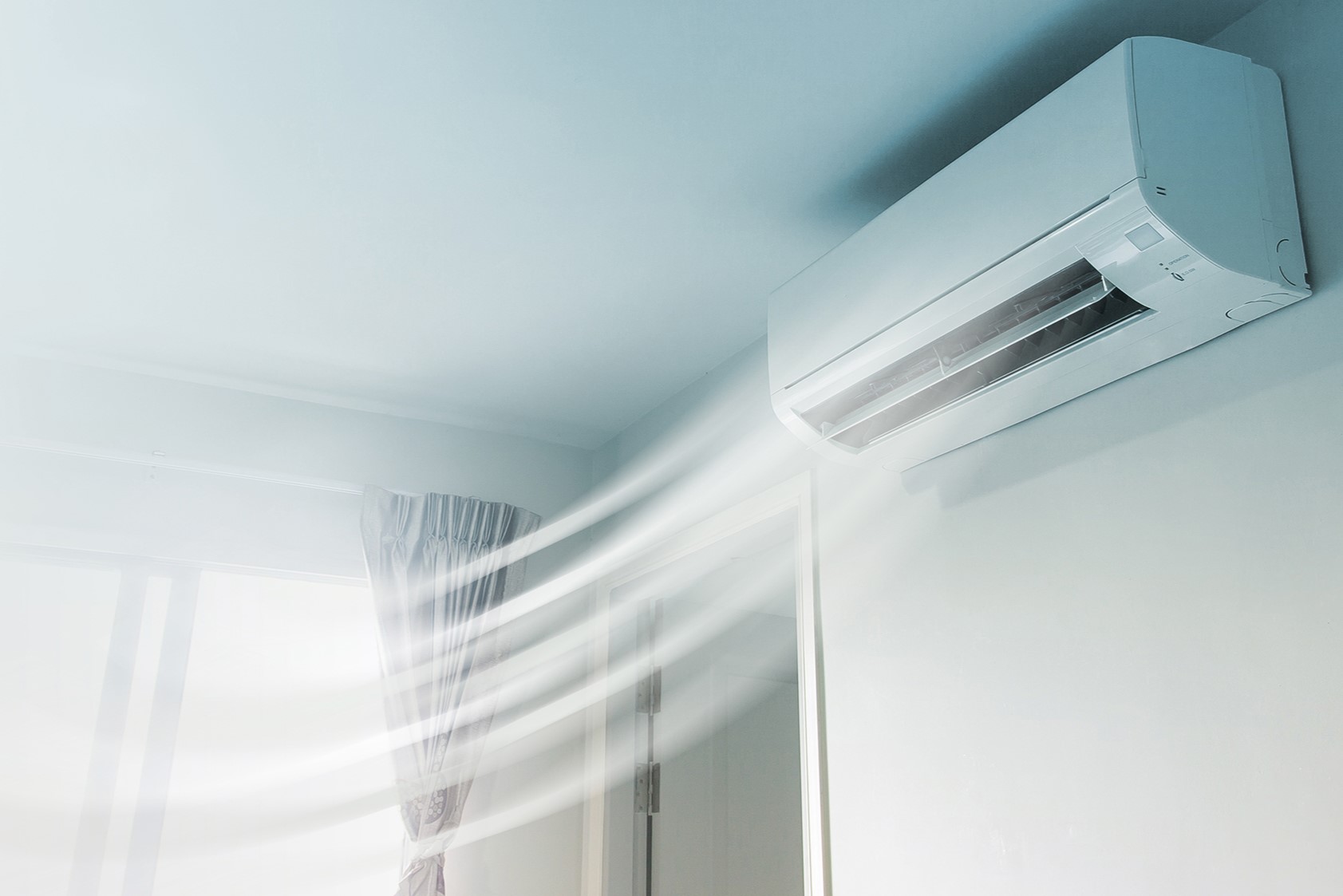

Home Maintenance
What Is The Energy Saver Mode On An Air Conditioner
Modified: March 7, 2024
Learn about the energy saver mode on an air conditioner and how it contributes to home maintenance. Save energy and reduce costs with this innovative feature.
(Many of the links in this article redirect to a specific reviewed product. Your purchase of these products through affiliate links helps to generate commission for Storables.com, at no extra cost. Learn more)
Introduction
Welcome to our guide on the energy saver mode of an air conditioner. As temperatures rise, many of us rely on air conditioning to keep our homes cool and comfortable. However, running an air conditioner can consume a significant amount of energy, leading to higher electricity bills and increased environmental impact. This is where the energy saver mode comes in.
The energy saver mode, also known as the eco mode or energy-saving mode, is a feature found on most modern air conditioning units. It is designed to optimize the energy efficiency of the system while maintaining a comfortable indoor environment. By understanding how this mode works and when to use it, you can make informed decisions to reduce energy consumption without sacrificing comfort.
In this article, we will explore how an air conditioner works, delve into the details of the energy saver mode, discuss its benefits and drawbacks, and provide tips for maximizing energy efficiency. So, let’s dive in and become more energy savvy with our air conditioning systems!
Key Takeaways:
- Save energy and reduce bills by using the energy saver mode on your air conditioner. It maintains comfort while minimizing environmental impact and extending equipment life.
- Consider factors like temperature, climate, and personal preferences when deciding to use the energy saver mode. Experiment and observe to find the most effective usage for your home.
Read more: What Does Eco Mode Do On An Air Conditioner
How Does an Air Conditioner Work?
Before we delve into the energy saver mode, let’s first understand how an air conditioner works. Air conditioning systems utilize a complex process to cool the air indoors. The main components of an air conditioner include:
- Compressor: The compressor is the heart of the air conditioner. It pressurizes and circulates the refrigerant, which is the fluid responsible for absorbing and releasing heat.
- Condenser: The condenser is located outside the building and helps release the heat absorbed from the indoor air. It cools down the hot refrigerant by converting it from a gas to a liquid state.
- Evaporator: The evaporator is located inside the building and is responsible for absorbing heat from the indoor air. It facilitates the heat transfer process and cools down the air.
- Fan: The fan helps to circulate the air throughout the space. It blows air over the evaporator coil, which is cooled by the refrigerant, and distributes the cooled air into the room.
- Thermostat: The thermostat acts as the control center of the air conditioner. It senses the temperature of the room and signals the system to either cool or maintain the desired temperature.
Now that we have a basic understanding of how an air conditioner functions, let’s explore the energy saver mode and its role in optimizing energy efficiency.
Understanding Energy Saver Mode
The energy saver mode is a feature designed to reduce energy consumption and improve the efficiency of an air conditioner. When activated, the mode adjusts the operation of the unit to achieve a balance between energy savings and maintaining a comfortable indoor temperature.
So, how does the energy saver mode work? When the mode is activated, the air conditioner operates in a cycle that includes two phases:
- Cooling Phase: During the cooling phase, the air conditioner runs at maximum capacity to cool the room and reach the desired temperature. Once the desired temperature is achieved, the unit shifts to the next phase.
- Energy Saving Phase: In this phase, the compressor and fan reduce their speed, resulting in lower power consumption. The fan continues to operate, circulating the cool air in the room, while the compressor runs at a slower speed to maintain the desired temperature without excessive energy usage.
The energy saver mode continuously monitors the room temperature and adjusts the cooling and energy-saving phases accordingly. If the room temperature starts to rise, the air conditioner will cycle back to the cooling phase and increase its capacity to bring the temperature back to the desired level.
It’s important to note that the specific operation of the energy saver mode can vary depending on the make and model of your air conditioner. Some units may have additional features, such as sensor technology, that further optimize energy efficiency.
Now that we have a basic understanding of how the energy saver mode works, let’s explore the benefits it offers.
Benefits of Energy Saver Mode
The energy saver mode on an air conditioner offers several benefits for both homeowners and the environment. Let’s take a closer look at some of the advantages:
- Energy Savings: As the name suggests, one of the primary benefits of the energy saver mode is its ability to save energy. By adjusting the operation of the air conditioner based on the room temperature, the mode reduces unnecessary cooling cycles, resulting in lower energy consumption. This can lead to significant savings on your electricity bills over time.
- Environmental Impact: Reduced energy consumption not only saves money but also helps to reduce the environmental footprint associated with air conditioning. By using less energy, air conditioners with energy saver mode contribute to a decrease in greenhouse gas emissions. This is a step towards a more sustainable and eco-friendly lifestyle.
- Extended Equipment Life: The energy saver mode can also contribute to increased longevity of your air conditioning equipment. By reducing the frequency of on/off cycles, the mode reduces the wear and tear on the compressor and other components, potentially extending their lifespan and reducing the need for repairs or replacements.
- Consistent Comfort: While the energy saver mode aims to reduce energy consumption, it does so without compromising on comfort. The mode adjusts the cooling cycle to maintain a consistent room temperature, ensuring that you stay comfortable while minimizing energy usage.
- Convenience: Another advantage of the energy saver mode is its convenience. Once activated, the mode operates automatically, continuously monitoring the room temperature and adjusting the operation of the air conditioner accordingly. This eliminates the need for manual adjustments and allows you to enjoy the benefits of energy efficiency without any hassle.
With these benefits in mind, it’s clear that utilizing the energy saver mode can have a positive impact on both your finances and the environment. However, it’s important to be aware of any potential drawbacks as well, which we will explore in the next section.
Drawbacks of Energy Saver Mode
While the energy saver mode offers several benefits, it’s important to be aware of its potential drawbacks as well. Let’s take a closer look at some of the limitations of this mode:
- Temperature Fluctuations: One of the main drawbacks of the energy saver mode is that it can lead to temperature fluctuations in the room. As the air conditioner cycles between the cooling and energy-saving phases, the room temperature may experience slight variations. This may not be ideal for individuals who prefer a consistently stable temperature.
- Increased Humidity: When the air conditioner runs in the energy saver mode, it may not dehumidify the air as effectively as during the cooling phase. This can result in higher indoor humidity levels, especially in humid climates. This drawback may not be suitable for individuals who live in areas with high humidity and require constant dehumidification.
- Slower Cooling: In the energy-saving phase, the air conditioner operates at a lower capacity to conserve energy. As a result, it may take longer for the room to cool down compared to when the unit runs in the cooling phase continuously. If you require rapid cooling or have a particularly hot room, the energy saver mode may not provide the desired level of cooling efficiency.
- Noisy Operation: Some air conditioner units may produce more noise when operating in the energy saver mode. This is because the compressor and fan operate at lower speeds, potentially resulting in increased noise levels. While this drawback can vary depending on the specific unit, it is worth considering if noise is a concern for you.
- Less Customization: The energy saver mode operates based on predefined settings, which may not allow for as much customization as desired. If you prefer to have precise control over the temperature and cooling cycles, you may find the limited options of the energy saver mode restrictive.
It’s important to consider these drawbacks in relation to your specific needs and preferences. While the energy saver mode provides energy efficiency benefits, it may not be suitable for everyone in all situations.
Now that we have explored the benefits and drawbacks of the energy saver mode, let’s move on to understanding when you should use this mode.
When using the energy saver mode on your air conditioner, the fan will shut off along with the compressor once the room reaches the set temperature, saving energy and reducing your electricity bill.
Read more: What Is Sleep Mode On An Air Conditioner
When Should You Use Energy Saver Mode?
The decision to use the energy saver mode on your air conditioner depends on various factors, including your personal preferences, the climate you live in, and the specific circumstances of each situation. Here are some scenarios in which you might consider using the energy saver mode:
- Absence from Home: If you are going to be away from home for an extended period, such as during the workday or on a short trip, using the energy saver mode can help save energy while keeping the indoor temperature at a reasonable level. The mode will adjust the cooling cycle to maintain a comfortable environment, minimizing energy consumption in your absence.
- Nighttime Cooling: During nighttime, the outdoor temperature tends to be lower, and the need for cooling may be reduced. By activating the energy saver mode, you can take advantage of this natural coolness and reduce energy usage while you sleep. The mode will adjust the operation of the air conditioner to maintain the desired temperature without running at full capacity.
- Moderate Temperatures: In moderate climates or during milder seasons, the energy saver mode can be particularly useful. If the outdoor temperature is not extremely high, activating the mode can help maintain a comfortable indoor environment while conserving energy. The mode will optimize the cooling cycle to minimize energy usage while still providing adequate cooling.
- Energy Efficiency Focus: If reducing your energy consumption and minimizing your environmental impact are priorities for you, using the energy saver mode can be a conscious choice. By utilizing this mode regularly, you contribute to energy conservation and support a more sustainable lifestyle.
On the other hand, there are situations where the energy saver mode may not be the most suitable option. For instance, during extremely hot weather or in areas with high humidity levels, you may prefer to run your air conditioner continuously in the cooling mode to ensure maximum comfort.
It is essential to evaluate your specific needs and factors such as outdoor temperature, climate, and personal comfort preferences when deciding whether to use the energy saver mode. Experimentation and observation will help you determine the most effective and efficient usage of this feature in your home.
Now that we have discussed when to use the energy saver mode, let’s explore how you can activate it on your air conditioner.
How to Activate Energy Saver Mode
Activating the energy saver mode on your air conditioner is usually a straightforward process. Follow these general steps to activate the mode on most air conditioning units:
- Locate the Control Panel: Find the control panel on your air conditioner. It is typically located on the front of the unit or on a remote control that comes with the unit.
- Select the Energy Saver Mode: Look for the energy saver mode option on the control panel or remote control. It is commonly represented by an “Energy Saver” or “Eco” icon. Press the corresponding button or select the mode using the navigation buttons on the remote control.
- Confirm Activation: Once you have selected the energy saver mode, the air conditioner should indicate that it is now operating in this mode. Look for a confirmation message or icon on the control panel or display screen of the unit. Some units may also have a dedicated LED light that illuminates when the energy saver mode is activated.
- Adjust Temperature Settings: Depending on your air conditioner model, you may be able to adjust the temperature settings even in energy saver mode. Use the temperature control buttons on the control panel or remote control to set the desired temperature, if necessary.
It’s important to consult the user manual specific to your air conditioner model for detailed instructions on activating and customizing the energy saver mode. Different manufacturers may have variations in terms of button placement and navigation.
Once the energy saver mode is activated, the air conditioner will operate in a cycle of cooling and energy-saving phases, optimizing energy efficiency while keeping the room comfortable.
Now that you know how to activate the energy saver mode, let’s explore some additional tips to maximize energy efficiency with your air conditioner.
Tips for Maximizing Energy Efficiency
While using the energy saver mode is an effective way to improve energy efficiency, there are several additional tips you can follow to maximize the efficiency of your air conditioner. By implementing these practices, you can further reduce energy consumption and lower your electricity bills:
- Maintain Proper Insulation: Ensure your home is properly insulated to prevent cool air from escaping and hot air from entering. Insulate windows, doors, and any other areas prone to air leaks. This reduces the strain on your air conditioner, allowing it to operate more efficiently.
- Utilize Window Coverings: Close curtains, blinds, or shades during the day to block out direct sunlight and heat. This helps keep your home cooler and reduces the workload on your air conditioner.
- Set Temperature Wisely: Avoid setting your air conditioner temperature lower than necessary. Aim for a comfortable temperature rather than an excessively cool one. Each degree you raise the temperature can lead to significant energy savings.
- Utilize Fans: Use ceiling fans or portable fans to help circulate the air in the room. Fans create a wind-chill effect, making you feel cooler without the need for running the air conditioner at a lower temperature.
- Maintain Regular Air Filter Cleaning: Clean or replace your air conditioner’s air filters regularly. Clogged filters restrict airflow and make your air conditioner work harder. Clean filters allow for better airflow, improving efficiency and cooling performance.
- Maintain Regular Maintenance: Schedule regular maintenance for your air conditioner. This includes cleaning coils, checking refrigerant levels, and ensuring proper electrical connections. Regular maintenance helps your unit run smoothly and efficiently.
- Use Programmable Thermostats: Consider installing a programmable thermostat. It allows you to set temperature schedules based on your daily routine. You can schedule the air conditioner to operate at higher temperatures when you’re away and cool down just before you return.
- Use Smart Thermostats: Smart thermostats take energy efficiency a step further. They learn your behavior, adjust temperature settings automatically, and allow control through smartphone apps. Smart thermostats can optimize energy usage and provide valuable insights into your energy consumption.
- Keep the AC Unit Shaded: If possible, provide shade to the outdoor unit of your air conditioner. Direct sunlight can increase its energy consumption as the unit works harder to cool down. Use plants, canopies, or shading devices to protect the unit from excessive heat.
By incorporating these tips into your air conditioning routine, you can maximize energy efficiency, lower your energy consumption, and reduce your environmental impact.
Now that we have covered various tips for energy efficiency, let’s wrap up this article.
Conclusion
Understanding and utilizing the energy saver mode on your air conditioner can have a significant impact on both your energy consumption and your wallet. This mode, designed to optimize energy efficiency while maintaining a comfortable indoor environment, offers a range of benefits.
By activating the energy saver mode, you can save energy, reduce your electricity bills, and minimize your environmental footprint. The mode adjusts the operation of your air conditioner, ensuring efficient cooling while avoiding excessive energy usage.
While the energy saver mode has its advantages, it’s important to be aware of its limitations. These include temperature fluctuations, increased humidity, slower cooling, and reduced customization options. Evaluate these drawbacks alongside your specific needs and preferences to determine the suitability of the mode for your situation.
Remember, you can activate the energy saver mode by locating the appropriate option on your air conditioner’s control panel or remote control. Once activated, the mode will operate automatically, optimizing energy efficiency while maintaining a comfortable indoor temperature.
In addition to using the energy saver mode, you can maximize energy efficiency by maintaining proper insulation, utilizing window coverings, setting temperature wisely, utilizing fans, and maintaining regular maintenance of your air conditioner.
By implementing these energy-saving practices, you can achieve a more environmentally friendly and cost-effective approach to cooling your home. Making conscious choices to reduce energy consumption not only benefits your finances but also contributes to a greener and more sustainable future.
Now that you have a comprehensive understanding of the energy saver mode and its benefits, it’s time to put this knowledge into action. Start using the energy saver mode on your air conditioner and incorporate these energy efficiency tips to create a more comfortable and environmentally conscious living space.
Frequently Asked Questions about What Is The Energy Saver Mode On An Air Conditioner
Was this page helpful?
At Storables.com, we guarantee accurate and reliable information. Our content, validated by Expert Board Contributors, is crafted following stringent Editorial Policies. We're committed to providing you with well-researched, expert-backed insights for all your informational needs.
